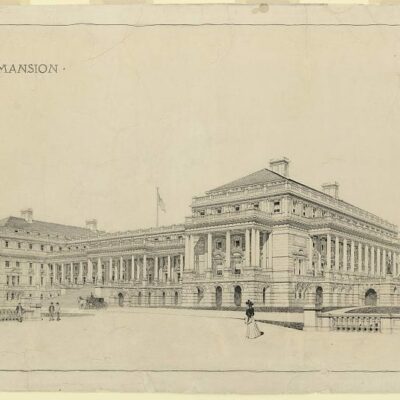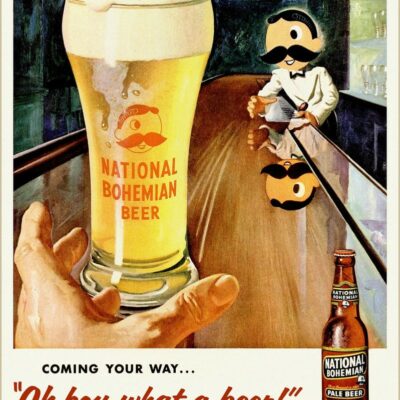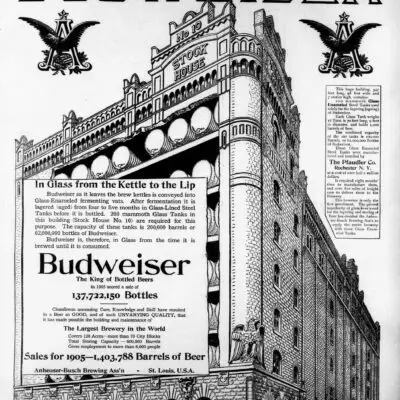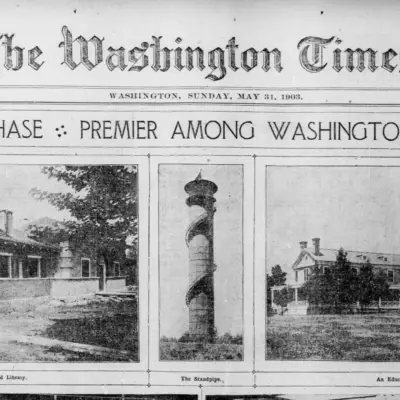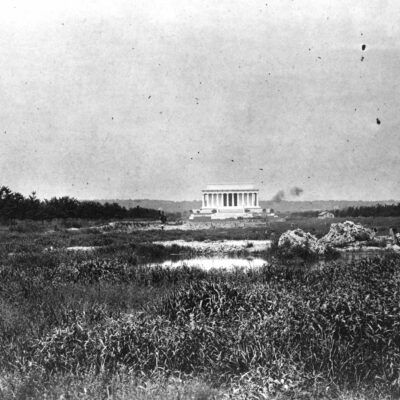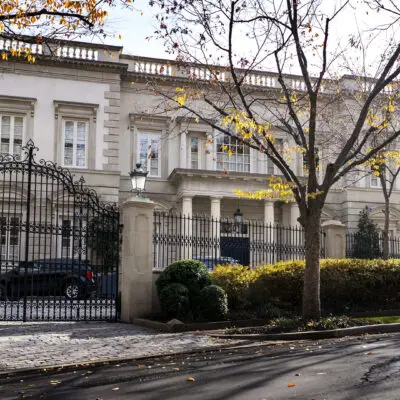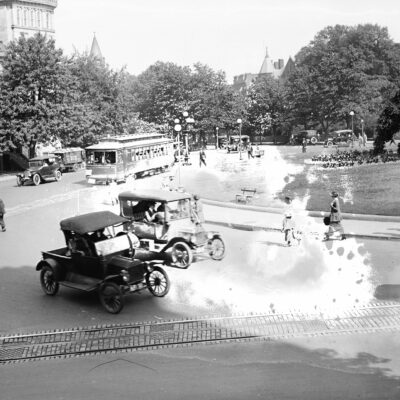This is a great old article that we dug up in The Washington Post from May 14th, 1900. We see this same ignorance or protectionist tendencies to this day. Look at taxis versus Uber and Lyft, or hotels versus AirBnB. We either see complete dismissal of the insurgent or fear and an attempt to protect market position (like passing tariffs — wait, aren’t we seeing that today?).
I’d like to add that on the very same day this was printed, the second modern Olympics were held in Paris, France.
“The man who tells you that the automobile will deal another solar plexus blow to the horse, similar to that caused by the advent of the electric car and bicycle, has been looking at the horse question cross-eyed.” This statement was made by a noted horse dealer in Washington, whose business for the past thirty-five years has been that of buying and selling horses. He further added that the market price for well-matched, sound, high-stepping roadsters and carriage teams is better to-day than at any time in the past fifty years.
The horse man insisted that the demand for such equines always has exceeded the supply, and that the much-talked-of automobile will never to any great extene affect the market. The wars in Cuba, the Philippines, and in South Africa have stimulated the horse markets of America, he said, and in consequence, the prices for good, sound cavalry and artillery draft horses are better than they have been since the trolley and the electric car threw thousands of horses onto the market.
The article goes on to mention a couple fascinating tidbits like a horse must be raised for three years before its fit to be sold. Foreign buyers were also quite dominant in markets across the country to ship high quality animals back to their countries. Sounds a little like China and real estate today.
A high-quality saddle horse went for about $150 in 1900, which is nearly $4,500 today. Not a bad deal for full-time transportation requiring hay and water as fuel.
Below is the best quote from the piece.
Local horse dealers do not look upon the advent of the automobile with any degree of seriousness. It is true that society has taken up the automobile, but the dealers consider it nothing but a fad, which will not have as much permanency as the bicycle. They argue that the noise of the engine or motor will soon wear the tender nerves of the society belle or swell to a frazzle, and that the odor of the locomobile is not at all agreeable to the sensitive nostrils.
Oh what an anachronistic phrase, “the tender nerves of the society belle.”
Take a look at this photo of 14th and Pennsylvania in 1918, still a mixture of horses and automobiles.




